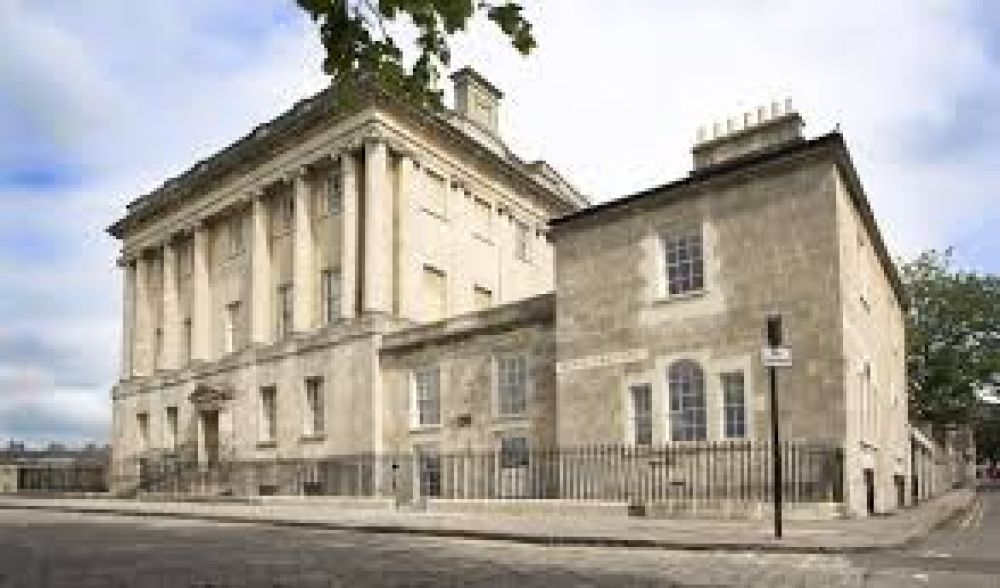

The allure of 1 Royal Crescent in Bath is steeped in history and grandeur, making it a significant point of interest in the United Kingdom's tourism landscape. This iconic Georgian townhouse, designed by the renowned architect John Wood the Younger, was the first to be built in the famous Royal Crescent and has been a magnet for visitors since the 18th century.
Construction of the Royal Crescent began in 1767, with No. 1 being completed in 1774. Originally, these homes were leased to the aristocracy and gentry, who flocked to Bath to take advantage of its therapeutic spa waters and to engage in the bustling social scene of the time. As such, 1 Royal Crescent was part and parcel of the introduction of Bath's reputation as a health and leisure destination.
It wasn't until the latter part of the 20th century that No. 1 Royal Crescent was transformed into a museum. The house was given to the Bath Preservation Trust in 1968 by Major Bernard Cayzer, a member of a philanthropic shipping family, who wished it to be displayed as it might have appeared in the 18th century. Hence, it officially opened as a museum in 1970, perfectly curating and preserving Georgian life at its most luxurious.
Since its establishment as a museum, 1 Royal Crescent has offered visitors from all over the world a chance to step back in time. Each room is meticulously furnished with period decorations, furniture, and artwork. The museum not only highlights the affluence of its historical inhabitants but also provides a glimpse into the lives of the servants who maintained such households.
The museum has continually adapted to maintain and increase its appeal. In 2013, it saw a significant development when it was reunited with its original service wing, No. 1A. This expansion allowed the museum to enhance its presentation of Georgian life with additional displays and a closer look at the functions of service rooms and the working conditions of the lower classes.
In line with the latest trends in tourism, 1 Royal Crescent has embraced interactive exhibits and digital outreach. The museum offers family-friendly activities, interactive guides, and even virtual experiences to cater to a global audience. Furthermore, it has responded to the growing trend of sustainability in tourism by engaging in preservation efforts and promoting local cultural heritage.
Today, 1 Royal Crescent remains an important stop on the itinerary of any tourist to Bath. As a quintessential example of Georgian architecture and sophistication, the house provides rich educational insights, a picturesque backdrop for photography, and a sense of connection to the elegance of a bygone era. Combining history and modern accessibility, 1 Royal Crescent continues to epitomize the enduring appeal of Bath as a travel destination.
With the rise of experiential travel, visitors to 1 Royal Crescent are encouraged not just to observe but to engage with history. Whether through specialized tours, participation in Georgian-era activities, or seasonal events, the team behind the museum ensures that the historical landmark meets the dynamic expectations of today's discerning travelers.
The long-standing history of tourism at 1 Royal Crescent contributes significantly to Bath's identity as a city with a rich cultural heritage. With the ability to innovate while preserving historic authenticity, 1 Royal Crescent promises to remain a beacon of British tourism for years to come.